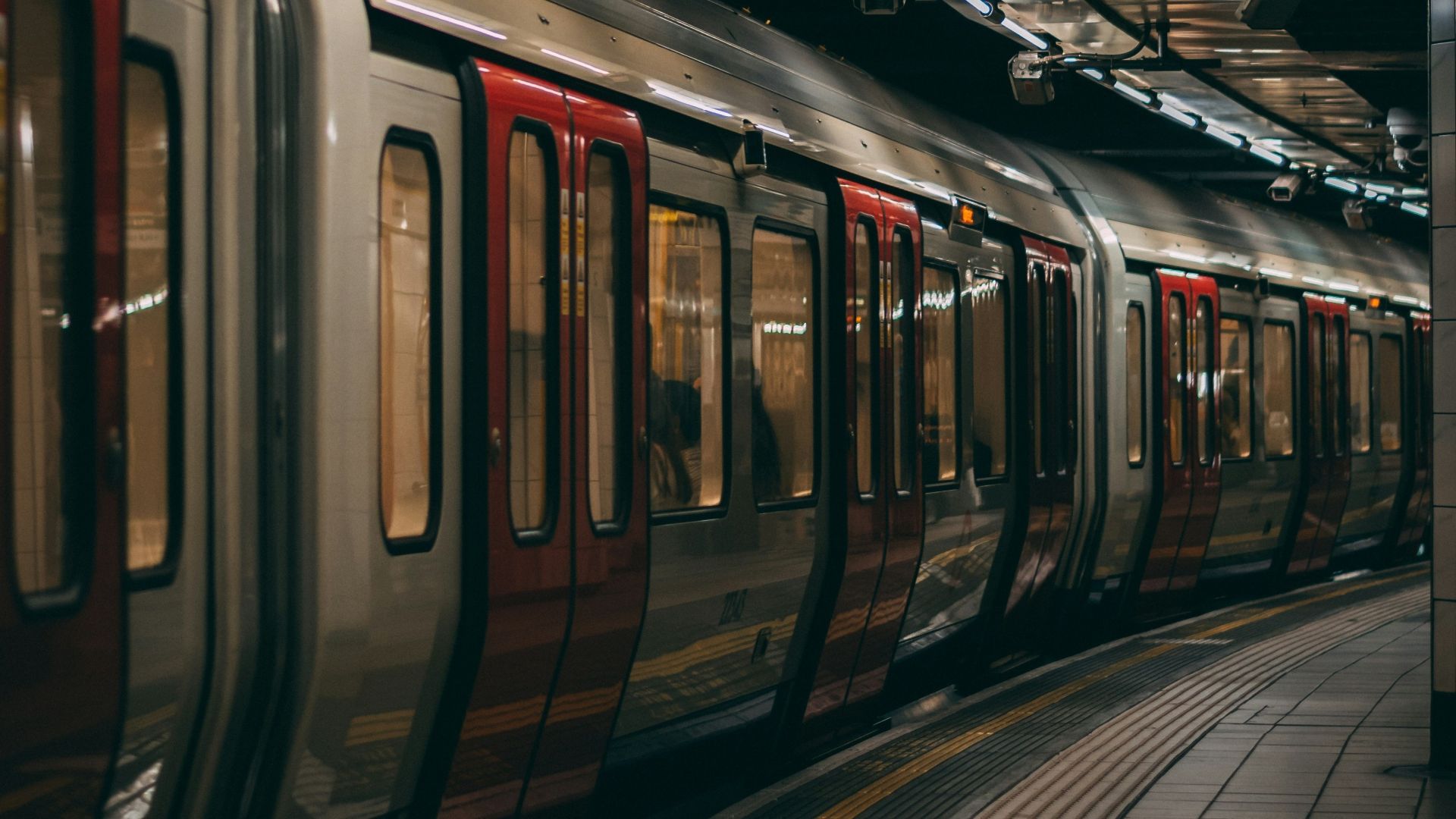
Delays are a way of life on New York City’s massive subway system, but a pilot program between the Metropolitan Transit Authority (MTA) and Google Public Sector using artificial intelligence (AI), smartphones and cloud computing could make inroads in Manhattan and other mass transit systems worldwide.
Google’s just-completed TrackInspect pilot program with the MTA is one of several AI-powered projects to ease delays on public transportation systems, as well as enhance safety and expedite ticket sales.
MTA, the country’s largest public transit system with nearly 500 subway stations that handle more than 1 billion trips, is dogged more than any other transit service by disruptions — 39,492 total delays in October, 36,971 in November, and 42,862 in December, according to data from the MTA. Chicago’s transit system, by comparison, only endured about 200 delays each month with a wait time of 10 minutes or more in September, November and December. But only two of Chicago’s subways run 24 hours a day, unlike New York’s 120-year-old transit system, where most of the train lines run at all hours every day.
During the five-month TrackInspect project ending in January, Google Pixel smartphones were retrofitted on four R46 subway cars — commonly known as the cars with the orange and yellow seats on the A line — to collect 335 million sensor readings, 1 million GPS locations, and 1,200 hours of audio. Sounds and other data were fed into Google Cloud, where it was analyzed to spot patterns that could indicate track defects before they become an issue.
TrackInspect included an AI system based on Google Gemini that inspectors could use “to ask questions about maintenance history, protocols and repair standards, with clear, conversational answers,” according to the MTA.
Leveraging Google technology, the system identified 92% of defective locations found by MTA inspectors, prompting other transit systems to express interest in similar programs to maximize their traffic flow. Conversely, MTA said it is considering working with other companies to develop track-improvement software. In other words, AI systems are being seriously considered as a way to reduce delays and headaches, for commuters.
Whether the MTA pilot project, which came at no cost, becomes a fixture remains unclear. The MTA has earmarked billions of dollars to finish current projects.
Still, Google’s project with MTA builds on its work with other transportation agencies over the years. It developed a chat box for the Chicago Transit Authority (CTA), partnered with tech providers Passport and ParkMobile to connect street parking meters to Google Maps, and developed direct data integration for Amtrak departure and arrival times.
Several cities have already implemented AI in hopes of improving transit systems beyond arrival and departure times. Last year, the CTA used AI to detect guns, while Beijing authorities deployed a facial recognition system in place of transit tickets and cards to reduce lines during rush hours. Infrastructure consulting firm Aecom completed a pilot program for the New Jersey Transit system in 2023 that used AI to analyze customer flow and crowd management.
